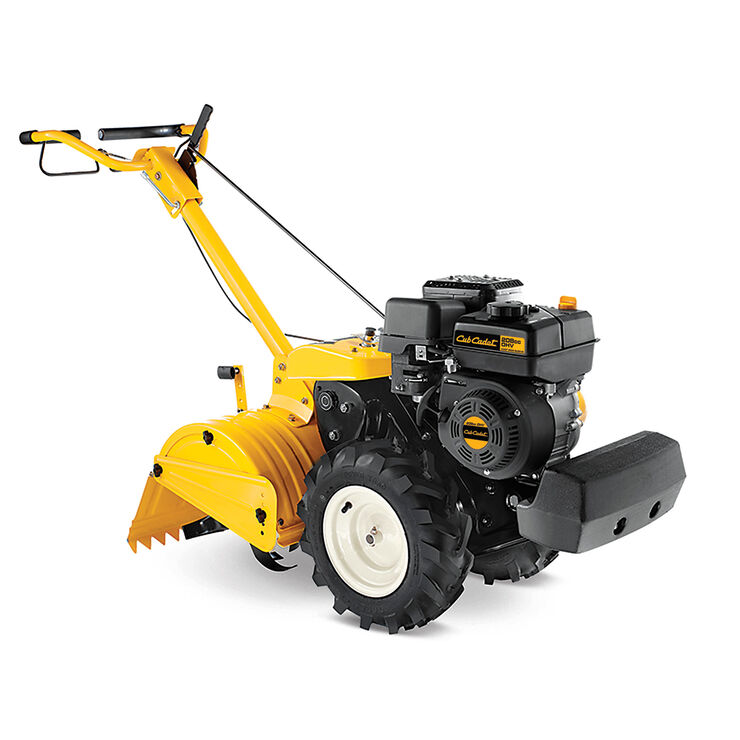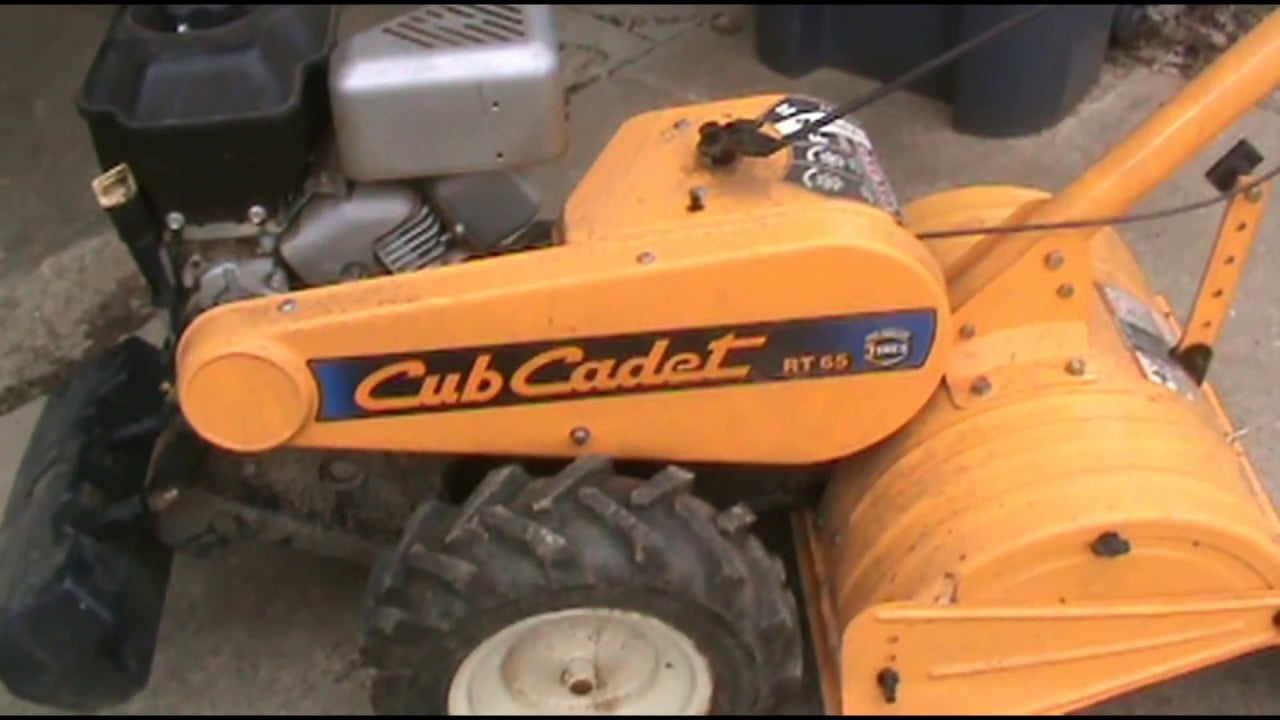If you’re having Cub Cadet RT65 problems, you’re not alone. This lawn tractor is notorious for its engine issues, and many owners have had to deal with them. The most common problem is that the engine won’t start, or it will stall after a few minutes of use.
Other issues include the engine being hard to start, running rough, or stalling when put under load. Sometimes these problems can be solved by simple maintenance, but other times they require a more serious fix.
If you’re a Cub Cadet RT65 owner, then you may have experienced some problems with your machine. Whether it’s been stalling, leaking oil, or just not running as smoothly as it should, there are a few things that could be the culprit. In this blog post, we’ll take a look at some of the most common Cub Cadet RT65 problems and what you can do to fix them.
One of the most common issues with the Cub Cadet RT65 is that it tends to stall. This can be frustrating, especially if you’re in the middle of mowing your lawn. There are a few things that can cause this problem, such as dirty spark plugs or a dirty air filter.
If you suspect either of these might be the issue, be sure to clean or replace them as needed.
Another common problem with the Cub Cadet RT65 is that it leaks oil. This is usually due to an oil seal that has gone bad and needs to be replaced.
If you notice any leaking, be sure to take care of it right away so that it doesn’t damage your engine.
Lastly, many people have reported that their Cub Cadet RT65 isn’t running as smoothly as it should. This can be caused by a number of different things, but one likely culprit is dirty fuel injectors.
If this is the case, you’ll need to have them cleaned or replaced by a professional mechanic.
If you’re experiencing any of these common Cub Cadet RT65 problems, don’t despair! With a little troubleshooting and maintenance, you should be able to get your machine running like new again in no time.
Cub Cadet RT 65 Tiller Transmission
Why Won T My Cub Cadet Tiller Start?
If your Cub Cadet tiller won’t start, there are a few things you can check to troubleshoot the issue. First, make sure that there is gas in the tank and that the fuel line is not clogged. Next, check the spark plug to see if it needs to be replaced.
If the spark plug looks good, then check the air filter to see if it needs to be cleaned or replaced. Finally, if none of these things seem to be the problem, then you may need to take your tiller to a certified Cub Cadet dealer for further diagnosis and repair.
How Do I Start My Cub Cadet Rototiller?
To start your Cub Cadet rototiller, first make sure that the gas tank is filled with fresh gasoline. Next, locate the primer button on the tiller and press it several times until you see fuel coming out of the carburetor. Then, turn the choke knob to the “on” position and pull the starter cord to begin cranking the engine.
Once the engine starts, release the choke knob and allow the engine to warm up for a minute or two before beginning to till.
How Do You Change the Belt on a Cub Cadet Tiller?
If you need to change the belt on your Cub Cadet tiller, there are a few things you’ll need to do. First, you’ll need to disconnect the spark plug wire so that the engine won’t start accidentally. Next, use a wrench to loosen the bolt that secures the drive belt cover.
You can then remove the old drive belt and install the new one. Finally, tighten the bolt back down and reconnect the spark plug wire.

Credit: www.cubcadet.com
Cub Cadet Rt 65 Transmission Oil
If you own a Cub Cadet RT 65 tiller, it’s important to keep the transmission oil fresh. This oil helps keep the tiller’s transmission running smoothly and prevents overheating. Check and change the transmission oil according to the schedule in your owner’s manual, and always use fresh oil that meets Cub Cadet’s specifications.
To check the transmission oil level, remove the dipstick (marked “transmission”) from the side of the tiller frame and wipe it clean with a rag. Reinsert the dipstick and pull it out again to check the oil level. The oil should be at or just below the “full” mark on the dipstick.
If it’s low, add more transmission oil through the fill hole on top of the transaxle until it reaches this point. Use only fresh SAE 30W motor oil in your tiller; never reuse old engine or hydraulic oils.
To change the transmission fluid, first drain all ofthe old fluid by removingthe drain plug onthe bottomof themechanicalunitandlettingitdraininto an appropriate container for recycling or disposal .
Next, refill with new fluid usinga hand pump or suction device inserted into themechanicalunitfill hole untilfluidis present atthe bottomofthedipsticktube . Finally , reinstall themechanicalunitdrain plug torqueingto 15-20 ft/lbs .
Conclusion
If you’re having Cub Cadet RT65 problems, this blog post is for you. We’ll go over some of the most common issues people have with their Cub Cadets and how to fix them. So if your Cub Cadet isn’t running like it should, read on for some helpful tips.

Will not come out of gear to Crank
“Thank you for reaching out and sharing your concern about your equipment not coming out of gear to crank. It can be frustrating when your equipment does not operate as expected, but we’re here to help.
There can be various reasons why your equipment is not coming out of gear to crank, such as a mechanical issue or a problem with the transmission. It’s important to diagnose the issue correctly to avoid any further damage to your equipment.
One possible solution is to check if the clutch pedal is fully depressed. If the clutch pedal is not fully depressed, it can prevent the equipment from coming out of gear. You may also want to check the gear shifter to make sure it is in the neutral position before attempting to crank.
If these solutions do not solve the issue, we recommend consulting a qualified technician to diagnose and repair any mechanical or transmission issues that may be causing the problem. A technician can run diagnostic tests and perform the necessary repairs to get your equipment back up and running.
We hope this information is helpful, and please feel free to reach out if you have any further questions or concerns. Best of luck with your equipment!”